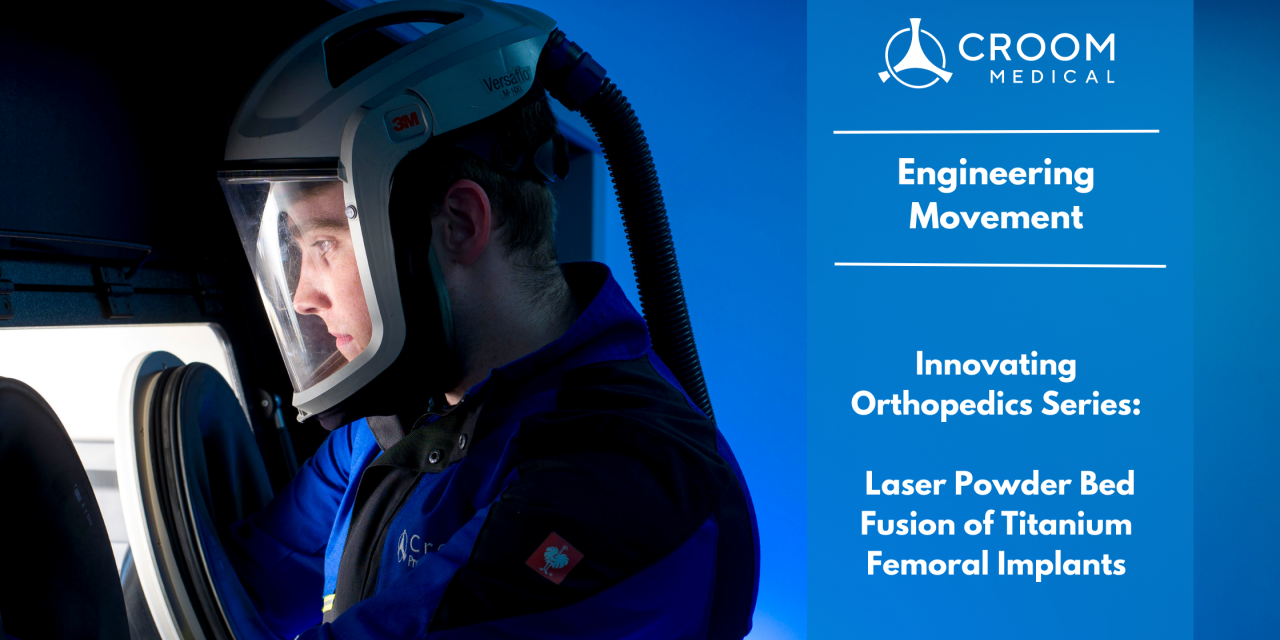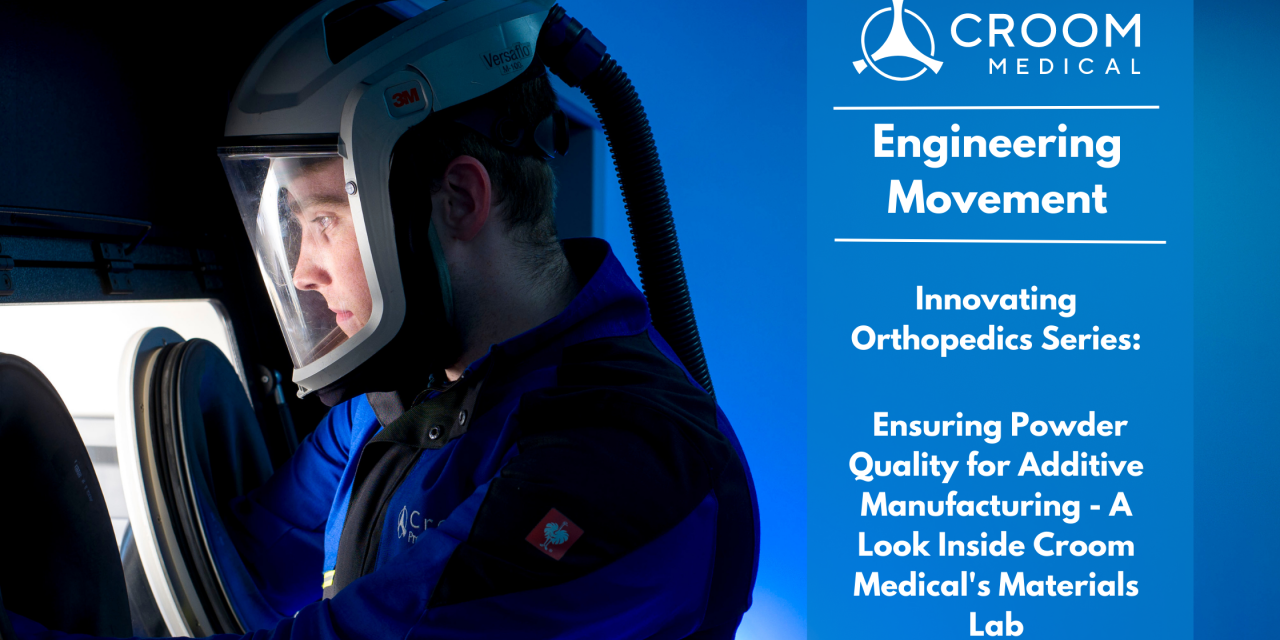
Ultrasonic cleaning is a widely used method for effectively removing residual metal powder and contaminants from complex medical devices, such as Interbody Cages for Spine Fusion with intricate lattice structures. In this blog post, we will discuss the optimal ultrasonic frequencies for cleaning bulk and porous structures, specifically those with 600-700 micron pore sizes. Additionally, we will highlight the relevant FDA and ISO standards for regulatory compliance in the medical device industry and the importance of a cost-effective validation strategy.
Ultrasonic Cleaning Principles and Frequencies
How ultrasonic cleaning works: Ultrasonic cleaning uses high-frequency sound waves to create microscopic bubbles in a cleaning solution. The bubbles implode, generating localized high-pressure zones that remove contaminants from the implant’s surface.
Frequency selection: The choice of frequency is crucial for effectively cleaning implants. Lower frequencies (20-40 kHz) generate larger bubbles and more powerful cleaning action, suitable for bulk structures. Higher frequencies (60-200 kHz) create smaller bubbles and more gentle cleaning action, suitable for delicate and porous structures.
Optimizing part orientation and frequency for 600-700 micron micron pore size areas: For lumbar cage implants with lattice structures featuring 600-700 micron micron pore size areas, a frequency in the range of 40-60 kHz is recommended. This provides a balance between the cleaning power needed to remove residual powder from bulk structures and the gentle action required for porous areas.
Relevant FDA and ISO Standards for Regulatory Compliance
FDA guidance: The FDA has published a guidance document titled “Reprocessing Medical Devices in Health Care Settings: Validation Methods and Labeling” (2015). This document provides recommendations for cleaning, disinfection, and sterilization of medical devices, including the validation of cleaning processes.
ISO 13485:2016: This standard specifies requirements for a quality management system for medical device manufacturers, including the establishment and maintenance of a validated cleaning process.
ISO 19227:2018: This standard specifies the cleanliness requirements for orthopedic implants, including Interbody Cages for Spine Fusion. It provides guidance on the validation of cleaning processes and the inspection of cleanliness levels.
ISO 15883: This series of standards provides guidelines for washer-disinfectors used for cleaning medical devices, including guidance on validation, performance testing, and routine monitoring.
Cost-Effective Validation Strategy for Ultrasonic Cleaning
Risk-based approach: Adopt a risk-based approach to process validation, focusing on critical process parameters that have the most significant impact on implant cleanliness. This approach helps to optimize resource allocation and minimize costs while ensuring compliance.
Experimental design: Use a well-designed experimental plan, such as Design of Experiments (DoE), to systematically evaluate the impact of various factors, including frequency, cleaning solution, and process parameters, on the cleaning outcome. This will help to optimize the cleaning process, reducing the need for extensive trial-and-error testing and minimizing costs.
Incremental validation: Perform incremental validation throughout the development process, starting with feasibility studies, followed by pilot-scale validation, and finally, full-scale validation. This approach helps to identify potential issues early in the development process, reducing the likelihood of costly last-minute changes.
Implementing Ultrasonic Cleaning in Compliance with Regulatory Standards
Validation of ultrasonic cleaning process: Develop and validate a cleaning process specific to Interbody Cages for Spine Fusion implant design, considering the chosen frequency, cleaning solution, and process parameters. Follow the guidance provided by the FDA and ISO standards for process validation.
Process monitoring and control: Regularly monitor and control the ultrasonic cleaning process, including the cleaning solution quality, equipment performance, and process parameters, in line with ISO 13485:2016 requirements.
Cleanliness inspection: Inspect the implants using methods outlined in ISO 19227:2018 to confirm the effectiveness of the cleaning process and ensure that cleanliness requirements are met.
Conclusion
Optimizing ultrasonic cleaning frequencies, adhering to relevant FDA and ISO standards, and implementing a cost-effective validation strategy are essential for ensuring the effective cleaning of Interbody Cages for Spine Fusion implants with intricate lattice structures. By adopting a risk-based approach to process validation, utilizing experimental design techniques, and performing incremental validation, medical device manufacturers can minimize costs while ensuring the safety and performance of their products. This approach meets the demands of both the industry and the patients who rely on these devices.

